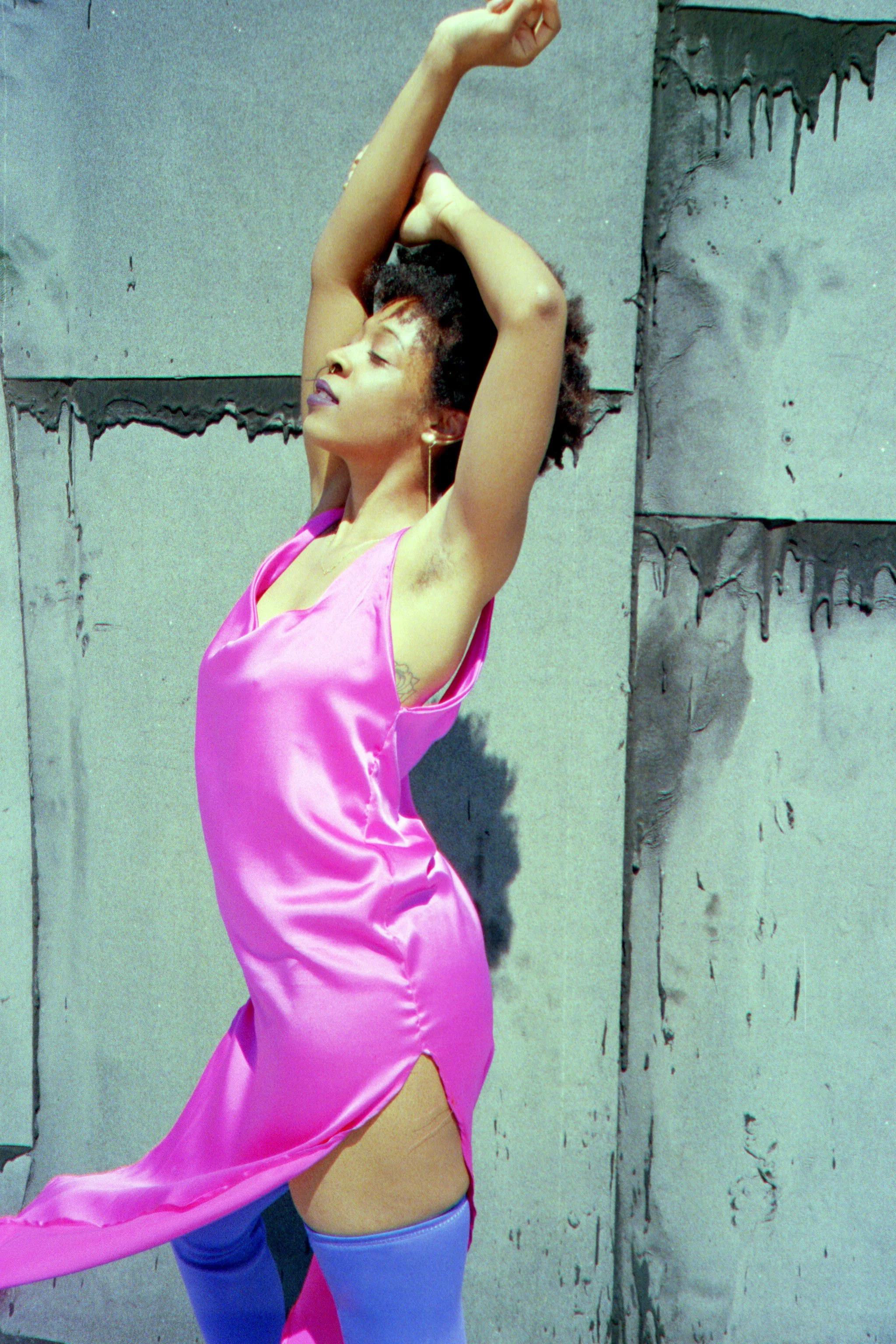Minimal Waste Design
I worked at a mid-level children's wear company called Rare Editions. They created at least 300 to 500 samples every season for Market Week in a five-season year, totaling around 3,000 to 5,000 samples made from blush mikado, crystal trim, and floral chiffons. All materials were man-made, and there was no long-term sustainability plan in place. I was the one on the ground, frequently visiting small, rundown fabric shops and century-old lace stores. Out of everything I purchased, only a fraction—a quarter, if that—made it to the final sample selection; the rest ended up on "THE WALL."
This wall of shelves led into a room filled with stacks of fabric, all packed with seasons of materials ranging from 2 to 5 yards. Sometimes the assistants had to dig through this collection for an embroidery piece or something else useful, but for the most part, it served as a graveyard for unused materials. After each season, it was fair game: either we took what we needed, or it was thrown away. I often left with bags full of iridescent polyesters, embroidered mesh, and the like.
I recognized that these materials were not the most sustainable, but I found myself asking, “What are we going to do with what’s already here?” This question became something I would later share with individuals who used “sustainability” as a means to look down on others. I began thinking about ways to keep these materials out of landfills. How can we create something so necessary that people will want to keep it forever?
The Prism Jacket
Functionality is important, but so is aesthetics. A piece of clothing should offer multiple ways to wear it, much like a puzzle piece. Its primary purpose is to fit, but for it to be a valuable component of an entire puzzle, it must adapt to different situations. So must must our clothing. Starting with a basic rectangle shape and using limited fabric yardage of 2 yards from my foraged materials, the Prism Jacket was created. It's simple yet effective. This is my first zero-waste piece.
This expanded to multiple studies of seeing waste as a pattern piece. I was able to challenge myself to trust the process and adapt pieces to the materials provided. The waste of one dress became the piece of a top.








